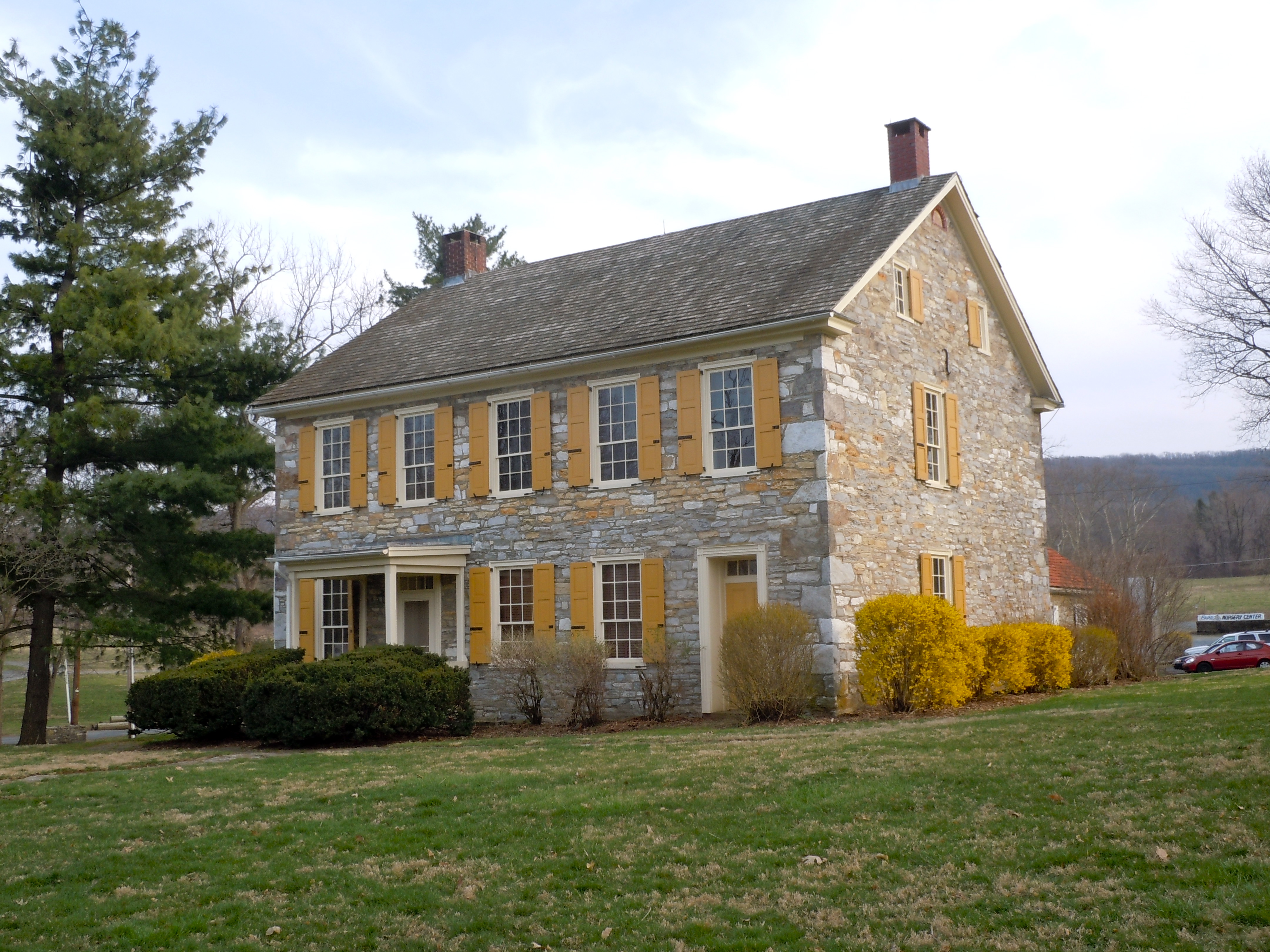|
Heidelberg Township, Berks County, Pennsylvania
Heidelberg Township is a township in Berks County, Pennsylvania, United States. The population was 1,726 at the 2020 census. History The Kissling Farm and Conrad Weiser House are listed on the National Register of Historic Places. Geography According to the U.S. Census Bureau, the township has a total area of , of which is land and 0.07% is water. Adjacent townships * Marion Township (west) * North Heidelberg Township (north) * Lower Heidelberg Township (east) * South Heidelberg Township (southeast) * Millcreek Township, Lebanon County (southwest) Adjacent boroughs * Robesonia (surrounded) * Womelsdorf (west) Demographics At the 2000 census, there were 1,636 people, 587 households, and 464 families living in the township. The population density was . There were 613 housing units at an average density of . The racial makeup of the township was 94.25% White, 2.57% African American, 0.79% Asian, 1.77% from other races, and 0.61% from two or more races. Hispanic or Lat ... [...More Info...] [...Related Items...] OR: [Wikipedia] [Google] [Baidu] [Amazon] |
Township (Pennsylvania)
A township, under the laws of the Commonwealth of Pennsylvania, is the lowest level of municipal incorporation of government. All of Pennsylvania's community, communities outside of incorporated local government in Pennsylvania#City, cities, borough (Pennsylvania), boroughs, and Bloomsburg, Pennsylvania#History, one town have been incorporated into individual townships that serve as the legal entities providing local self-government functions. In general, townships in Pennsylvania encompass larger land areas than other Municipality, municipalities, and tend to be located in suburban, exurban, or rural parts of the commonwealth. As with other incorporated municipalities in Pennsylvania, townships exist within local government in Pennsylvania#County, counties and are subordinate to or dependent upon the county level of government. History Townships in Pennsylvania were created in the 17th century during the colonial-era Province of Pennsylvania prior to the American Revolution. Muc ... [...More Info...] [...Related Items...] OR: [Wikipedia] [Google] [Baidu] [Amazon] |
